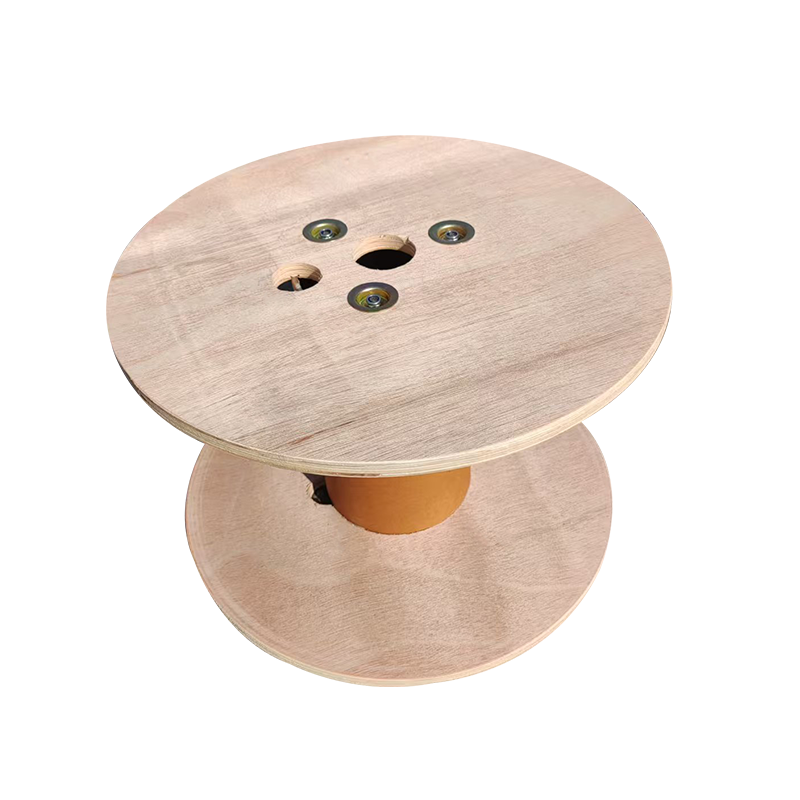Jul 18, 2025
Whether you're an electrician, construction worker, or DIY enthusiast, selecting the right cable drum is crucial for efficiency and safety. This guide covers everything you need to know about cable drums, including types, materials, sizes, and best practices for handling and storage.
A cable drum, also known as a cable reel, is a cylindrical device used to store, transport, and dispense cables and wires. These drums come in various sizes and materials, depending on the type and length of cable they hold. Proper selection ensures smooth cable deployment and prevents damage during handling.
Different projects require different types of cable drums. Here are the most common varieties:
| Type | Description | Best For |
| Wooden Cable Drum | Made from sturdy wood, often with steel flanges for reinforcement. | Heavy-duty industrial cables, long-term storage. |
| Plastic Cable Drum | Lightweight and resistant to moisture and corrosion. | Lightweight cables, temporary storage, outdoor use. |
| Steel Cable Drum | Durable and ideal for heavy cables, often used in construction. | High-tension cables, rugged environments. |
| Returnable Cable Drum | Designed for reuse, often rented for large projects. | Contractors, large-scale installations. |
Selecting the right cable drum involves evaluating several factors:
Understanding standard sizes helps in selecting the right drum for your project:
| Drum Size (Diameter) | Typical Cable Capacity | Common Uses |
| 12 inches (30 cm) | Up to 100 meters of lightweight cable | Residential wiring, small electronics |
| 24 inches (60 cm) | 100-500 meters of medium-duty cable | Commercial installations, temporary power |
| 36 inches (90 cm) | 500-1,000 meters of heavy-duty cable | Industrial projects, underground cabling |
| 48 inches (120 cm) or larger | 1,000+ meters of high-tension cable | Utility companies, large-scale infrastructure |
Improper handling can damage both the drum and the cable. Follow these best practices:

Working with cable drums requires caution to prevent injuries and cable damage:
Use this simple formula to estimate the required drum size:
Drum Capacity (in meters) = (Flange Diameter × Core Diameter × Width) / (Cable Diameter² × 1000)
For example, a drum with a 24-inch flange, 12-inch core, and 18-inch width holding a 10mm cable would have:
Capacity = (24 × 12 × 18) / (10² × 1000) ≈ 0.518 meters (or 518 meters)
Many users make these errors, leading to wasted time and damaged cables:
Sustainability is increasingly important in cable management:
Depending on your needs, you can:
Yes, many drums are designed for multiple uses. Inspect for damage before reuse.
Check local recycling programs. Wood, steel, and plastic drums can often be recycled.
Spools are typically smaller and used for lighter cables, while drums are larger and sturdier.
Use a cable drum stand or roller to ensure smooth deployment.
Choosing the right cable drum ensures efficient cable management, reduces waste, and enhances safety. By considering factors like material, size, and handling practices, you can optimize your workflow and extend the lifespan of both cables and drums. Whether for industrial, commercial, or residential use, proper selection and maintenance make all the difference.